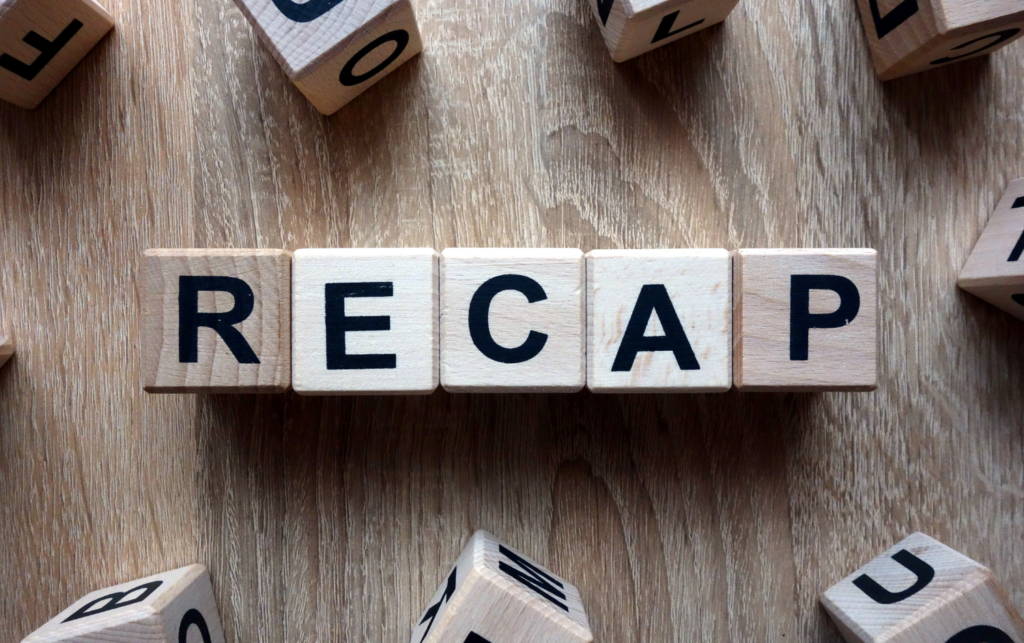Developing sustainability goals for 2022
by ajones | Feb 2, 2022 | activewear, Blog, Sustainability | No Comments

As the new year begins, many set goals for what they hope to accomplish. However, setting goals and accomplishing them are two different things. Therefore, these steps from Lucidchart (n.d.) can help in learning how to set goals that can be easily remembered and achieved:
- Consider the results you want to see.
- Develop SMART (specific, measurable, attainable, realistic, time-bound) goals.
- Record your goals somewhere visible.
- Form an action plan.
- Establish a timeline.
- Act.
- Re-evaluate and gauge progress.
Setting sustainability-focused goals
While setting goals, people might not stop to think about how they can impact the environment through more sustainable living. This is important to consider when developing personal goals.
The United Nations has set 17 sustainable development goals, such as ending poverty in all its forms and affordable, clean energy for all. While admirable, these global goals can seem overwhelming to an individual. However, there are many ways individuals can incorporate sustainable practices into daily life by making small adjustments every day. The UN (n.d.) shares these suggestions to become more sustainable:
- Turn off and unplug appliances when not in use.
- Switch to paperless billing.
- Air dry hair and clothing.
- Bring bags when shopping.
- Freeze leftover food and produce.
- Compost food scraps.
- Recycle paper, plastic, glass, and aluminum.
- Switch to energy efficient appliances and light bulbs.
- Shop locally, and plan meals ahead of time to avoid impulse purchases or wasted food.
- Bike, walk, or take public transportation when traveling alone.
- Use refillable water bottles and coffee cups.
- Shop secondhand.
- Donate gently-used clothes, books, and furniture that are no longer needed.
Putting goals into practice
It is also important to look for ways to make other goals more eco-friendly. Of course, goals related to exercise are common among new year’s resolutions, and there is a great deal of variety within that general category. According to the 2021 Cotton Incorporated Activewear Study, Americans say their most regular form of exercise or sport is walking (66%), cardio training (50%), swimming (39%), hiking/backpacking (37%), running (36%), yoga/pilates (36%), weight training/cross training (33%), and dancing (30%) (Salfino, 2022).
To increase sustainability awareness along with meeting exercise goals, if one sets a goal to work out more frequently this year, they can also stop to consider what they wear for their workouts. Many consumers are wearing comfortable, versatile clothing more than before, and activewear sales are up (Salfino, 2022). Certainly purchasing clothing that includes performance technologies and caring for clothing in a sustainable manner are two ways to make a workout goal even more successful. In short, shopping sustainably (or making mindful choices) can have a positive impact on the carbon footprint of an individual.
Combining personal goals with sustainable practices will improve not only the individual, but also the world at large.
References
Lucid Content Team. (n.d.). The ultimate goal setting process: 7 steps to creating better goals. Lucidchart. https://www.lucidchart.com/blog/the-ultimate-goal-setting-process-in-7-steps
Salfino, C. (2022). Working natural and sustainable into new year’s resolutions. Sourcing Journal. https://sourcingjournal.com/topics/lifestyle-monitor/activewear-working-natural-sustainable-into-new-years-resolutions-mckinsey-npd-321504/
United Nations. (n.d.). The lazy person’s guide to saving the world. https://www.un.org/sustainabledevelopment/takeaction/

The fashion industry’s progress in sustainability
Fast fashion comes at a cost. However, there is hope, as sustainability has caught on as a fashion...

Sustainability Certifications in the Textile Industry
Public awareness surrounding traceability and transparency has, of course, increased the demand for...

2021 ProTecht Blog Recap
As we come to the end of another full year, we invite you to take a few minutes to review some of...

